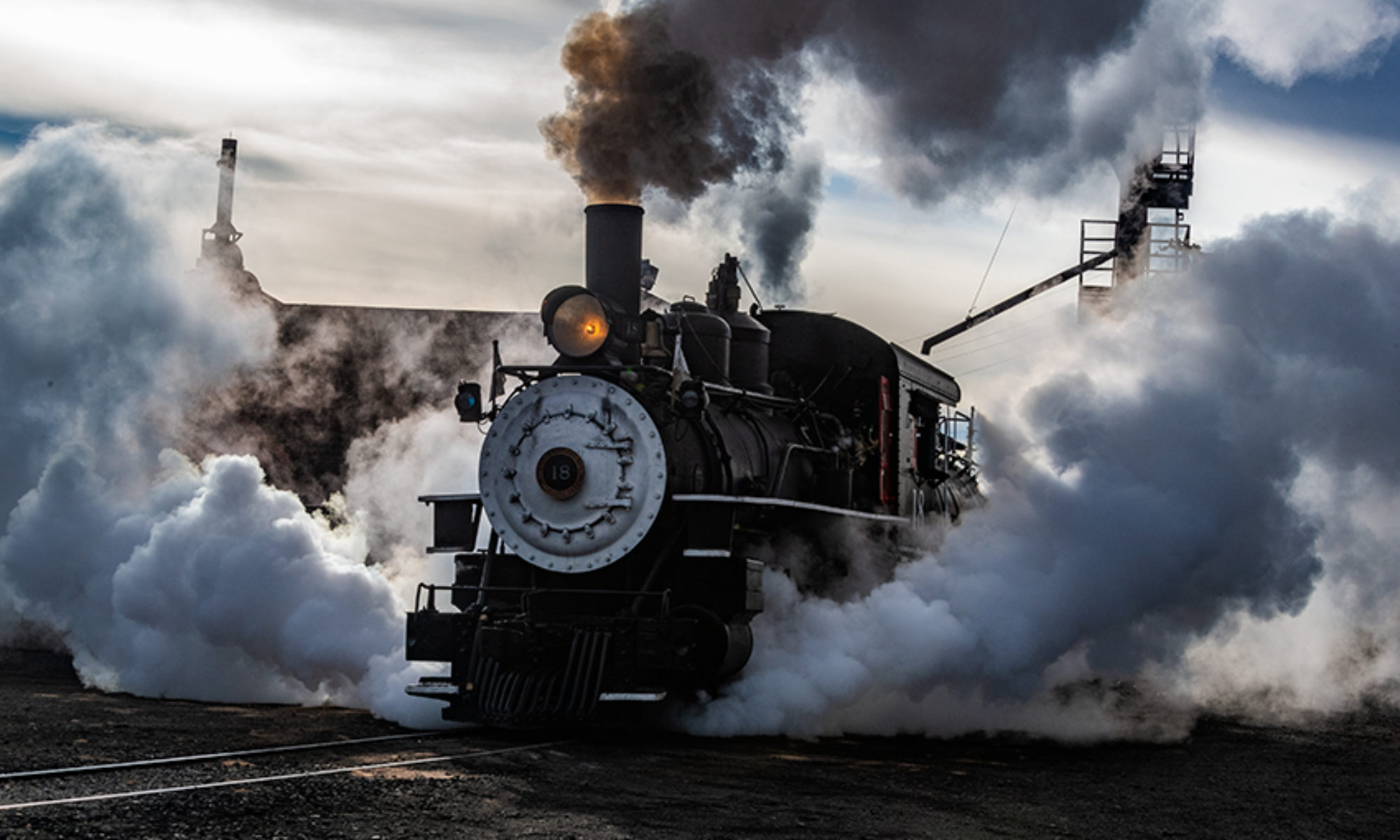| We began with the planning. After all, you don’t just have 20 people show up and expect to get something done. You have to decide what to do, what tools and supplies you need, what permits and insurance you must have, where the work will be done. Then there’s the food and entertainment. And the photos to be taken.When the workers showed up they chose the jobs which best suited their skills and interests; Randy Babcock supervised the locomotive crew and summarized what it was able to accomplish
    This may look easy but it wasn’t. You have to understand what to remove and how to deal with problems. For example, no one has put a wrench to these nuts in more than 50 years and not all of them came off easily. Force them and you risk breaking studs. So the crew first heated them, then poured water on them, then – if necessary – ground them down enough to break them. This may look easy but it wasn’t. You have to understand what to remove and how to deal with problems. For example, no one has put a wrench to these nuts in more than 50 years and not all of them came off easily. Force them and you risk breaking studs. So the crew first heated them, then poured water on them, then – if necessary – ground them down enough to break them.By the end of the weekend the tender and cab were ready to move, and the tubes to be cut out. The boiler is completely clear with the exception of a couple of brackets. Both injectors are at the V&TRR being rebuilt and all the air valves are in Durango for rebuilding.   About 8 people layed track and moved the boxcars. Again, it may look simple but it isn’t. You have to know how to lay track and how to improvise – such as moving the cars with the skidsteer. Dennis repaired A damn good day…which allows us to arrange for the removal of the tender’s bunker oil and schedule the next work day for November.
|










You must be logged in to post a comment.